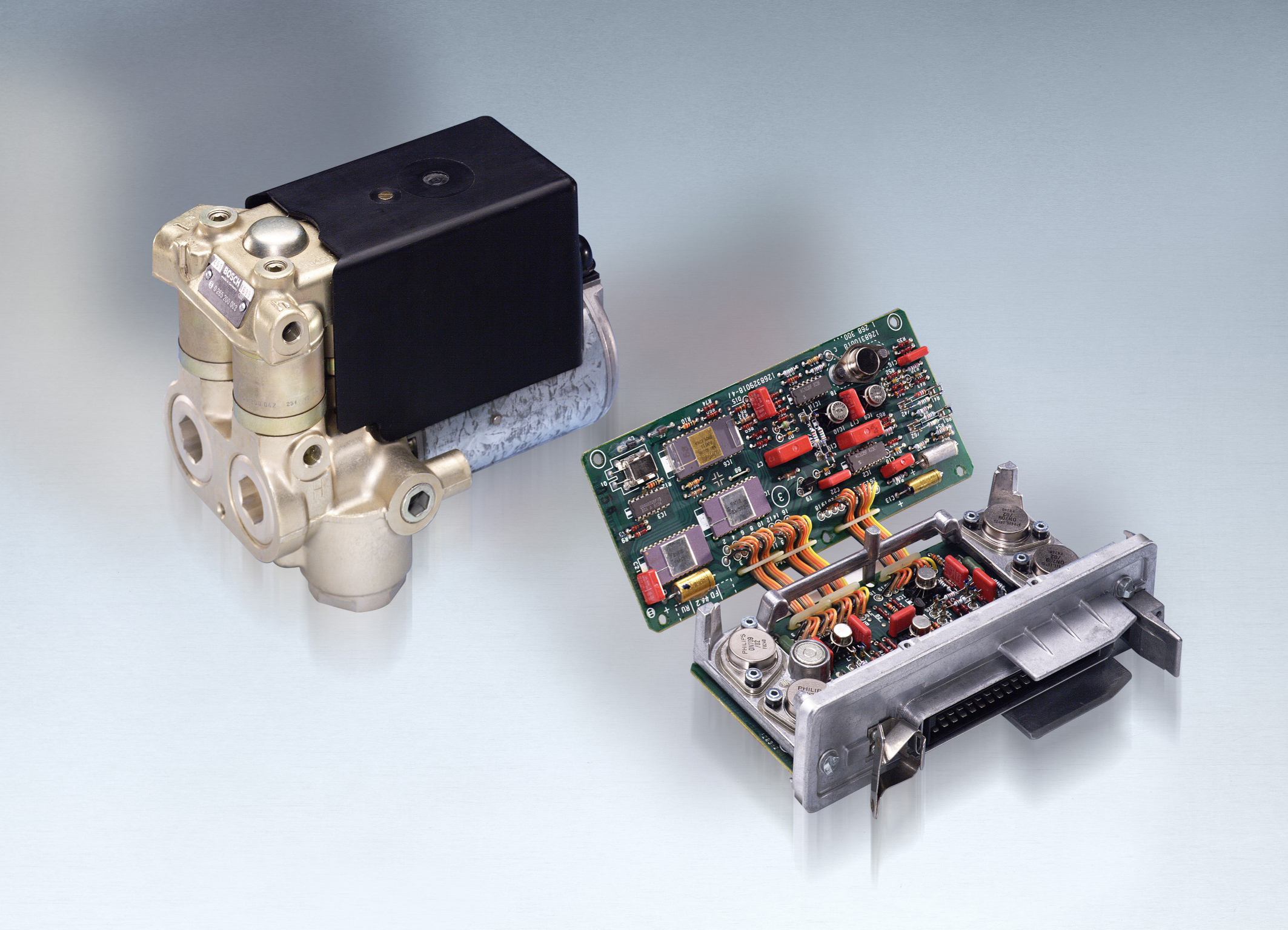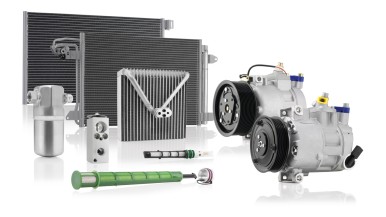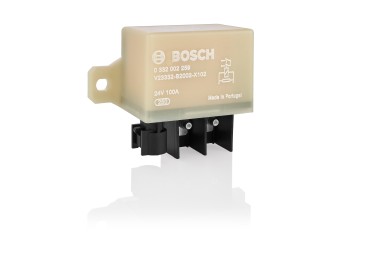Karlsruhe (Germany) – Reliable braking has always been a key feature of safe driving. In case of excessive braking force, however, the wheels can lock up. This leaves the vehicle unmaneuverable and can even result in skidding. In 1978, Bosch was the first supplier to launch the anti-lock braking system (ABS) developed together with the automotive industry onto the market. The electronic system detects the wheels’ tendency towards locking at an early stage and reduces the break pressure in a targeted manner. As a result, the vehicle remains steerable even in case of full braking or road surfaces with varying grip. Even in case of emergency braking, the driver can thus avoid obstacles and safely bring the vehicle to a standstill. For 40 years now, ABS has thus been contributing to preventing accidents and to a significant increase in road safety. In addition, ABS is also easy on the tires as it prevents flat spots caused by wheel lockup and skidding.
The Automotive Aftermarket division (AA) provides the aftermarket and repair shops worldwide with modern diagnostic and repair shop equipment and a wide range of spare parts – from new and exchange parts to repair solutions – for passenger cars and commercial vehicles. Its product portfolio includes products made as Bosch original equipment, as well as aftermarket products and services developed and manufactured in-house. About 14,000 associates in more than 150 countries, as well as a global logistics network, ensure that spare parts reach customers quickly and on time. AA supplies testing and repair-shop technology, diagnostic software, service training, and information services. In addition, the division is responsible for the “Bosch Service” repair-shop franchise, one of the world’s largest independent chains of repair-shops, with some 15,000 workshops, and more than 1,000 “AutoCrew” partners.
Additional information can be accessed at www.boschaftermarket.com
The Bosch Group is a leading global supplier of technology and services. It employs roughly 395,000 associates worldwide (as of December 31, 2020). The company generated sales of 71.5 billion euros in 2020. Its operations are divided into four business sectors: Mobility Solutions, Industrial Technology, Consumer Goods, and Energy and Building Technology. As a leading IoT provider, Bosch offers innovative solutions for smart homes, Industry 4.0, and connected mobility. Bosch is pursuing a vision of mobility that is sustainable, safe, and exciting. It uses its expertise in sensor technology, software, and services, as well as its own IoT cloud, to offer its customers connected, cross-domain solutions from a single source. The Bosch Group’s strategic objective is to facilitate connected living with products and solutions that either contain artificial intelligence (AI) or have been developed or manufactured with its help. Bosch improves quality of life worldwide with products and services that are innovative and spark enthusiasm. In short, Bosch creates technology that is “Invented for life.” The Bosch Group comprises Robert Bosch GmbH and its roughly 440 subsidiary and regional companies in some 60 countries. Including sales and service partners, Bosch’s global manufacturing, engineering, and sales network covers nearly every country in the world. With its more than 400 locations worldwide, the Bosch Group has been carbon neutral since the first quarter of 2020. The basis for the company’s future growth is its innovative strength. At 129 locations across the globe, Bosch employs some 73,000 associates in research and development, of which nearly 34,000 are software engineers.
Additional information is available online at www.bosch.com, www.iot.bosch.com, www.bosch-press.com, www.twitter.com/BoschPresse.








